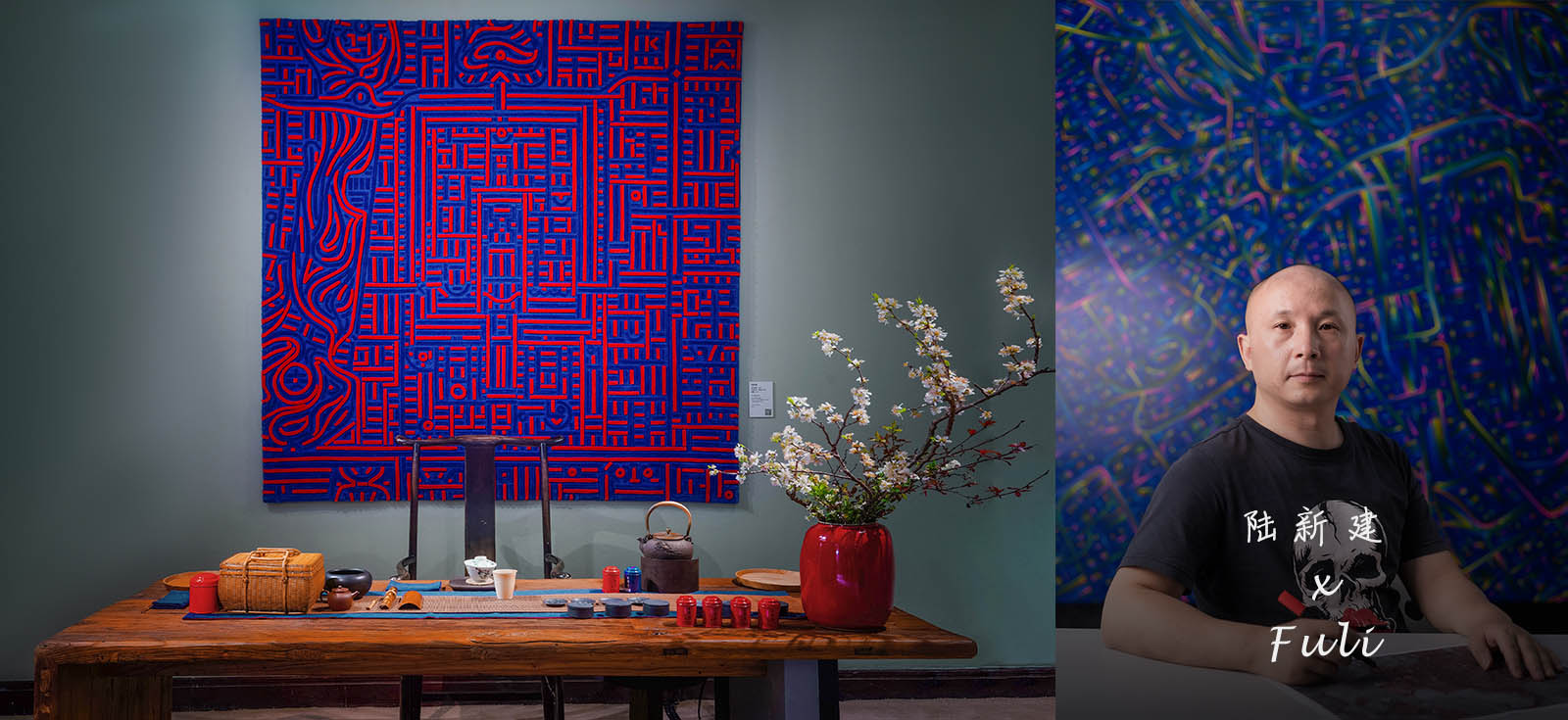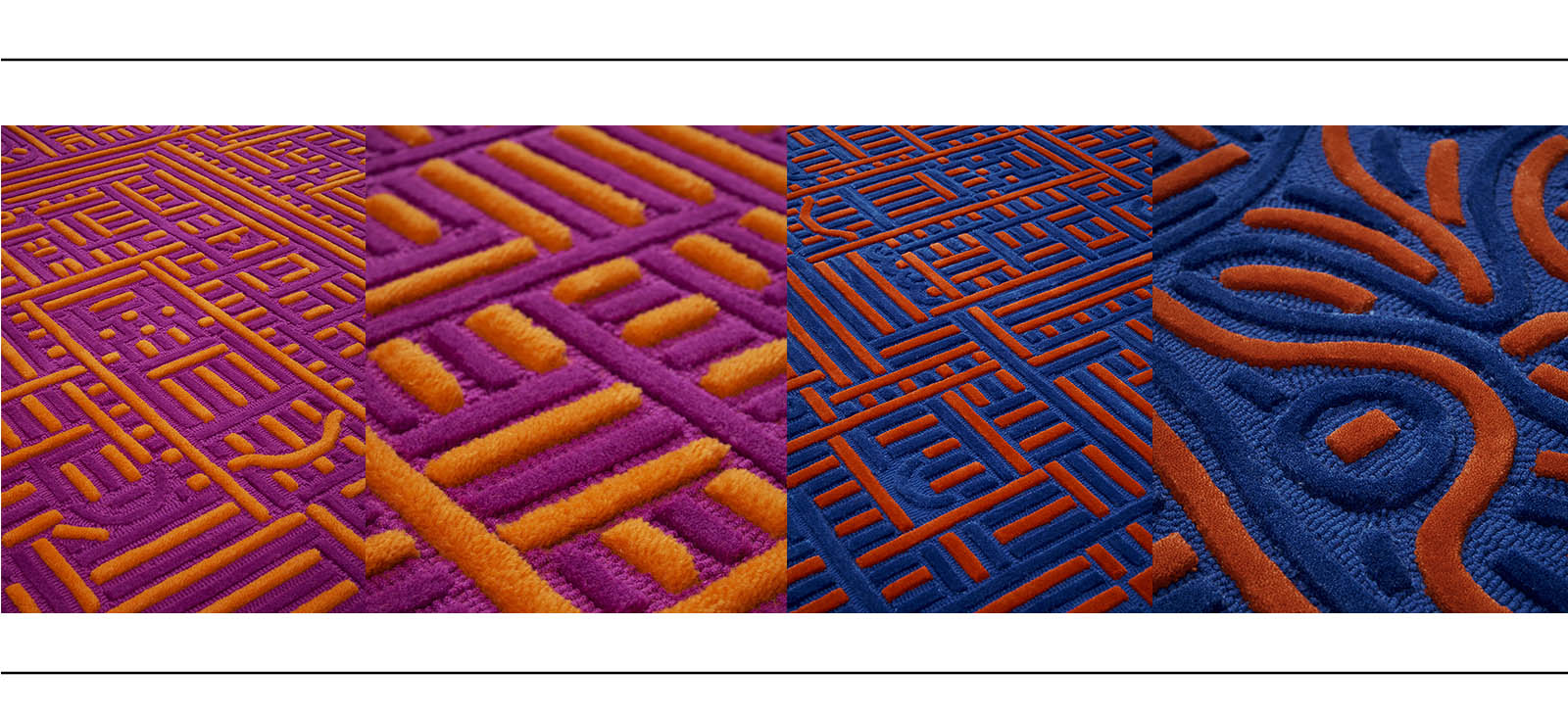As the trend of remote work continues to rise, our time spent at home has extended. An increasing number of individuals are placing greater importance on cultivating an ambiance in their abode. Consequently, our domestic spaces, akin to a "stage," have become enriched with artworks. Wall adornment is an integral facet. Except for paintings, tapestries also can bestow warmth and texture upon the surroundings. Thus, tapestry art has garnered heightened attention from more and more audiences. Today, FULI invites you to appreciate several tapestry categories.
Artistic Collection
The art of tapestry originally found its roots in Europe, where the earliest royal and noble patrons took great delight in adorning their walls with 'works of art' ingeniously woven into textile masterpieces, thus giving birth to the cherished tapestries that continue to endure. In tandem with the evolution of the era and the flourishing prowess of masterful artisan ateliers, this method of artistic creation captivated numerous eminent artists of its time, infusing their creative endeavors with an entirely novel dimension. Like the heavyweight works of these artists, the tapestries they created, designed exclusively, now find their place on display in renowned museums and auction houses worldwide, most of them one-of-a-kind treasures. For contemporary art collectors, possessing an art tapestry can be much more difficult than obtaining an authentic piece by the artist. Having such a tapestry in your home is indeed "Live with Art".

When people see this tapestry, many of them think of the famous American sculptor Alexander Calder. This is indeed one of his tapestry creations from the mid-20th century, now cherished by the Felletin Tapestry Museum in France. Calder celebrated as a pioneering sculptor and pivotal innovator of the 20th century, was a master of fusing three-dimensional space and the concept of time in his artistry. The textile art of tapestries serves as a crucial vessel of their intrinsic value. This tapestry employs the quintessential hues of red, yellow, and blue, reminiscent of the prevalent colors found in Alexander Calder's oeuvre. It conveys an implied meaning of dynamic fluidity, harmoniously echoing his iconic masterpiece, "Red and Yellow Vane”.
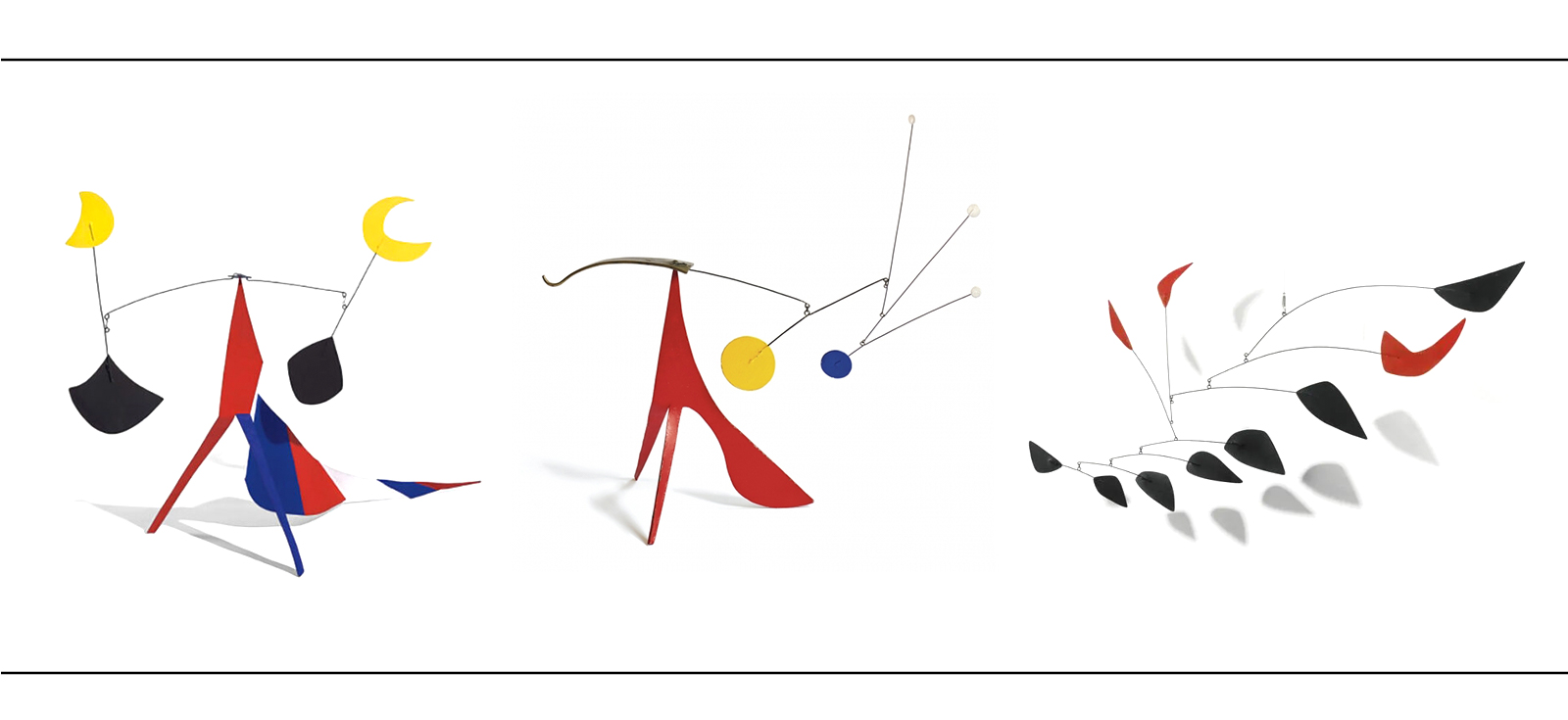
Alexander Calder's artistic domain is expansive, spanning from grand sculptures and easel paintings to exquisite jewelry design. His works span various art forms and are collected by numerous prestigious museums and art galleries. Compared to these widely recognized creations, his limited edition tapestries are even rarer, attracting many art-loving connoisseurs.
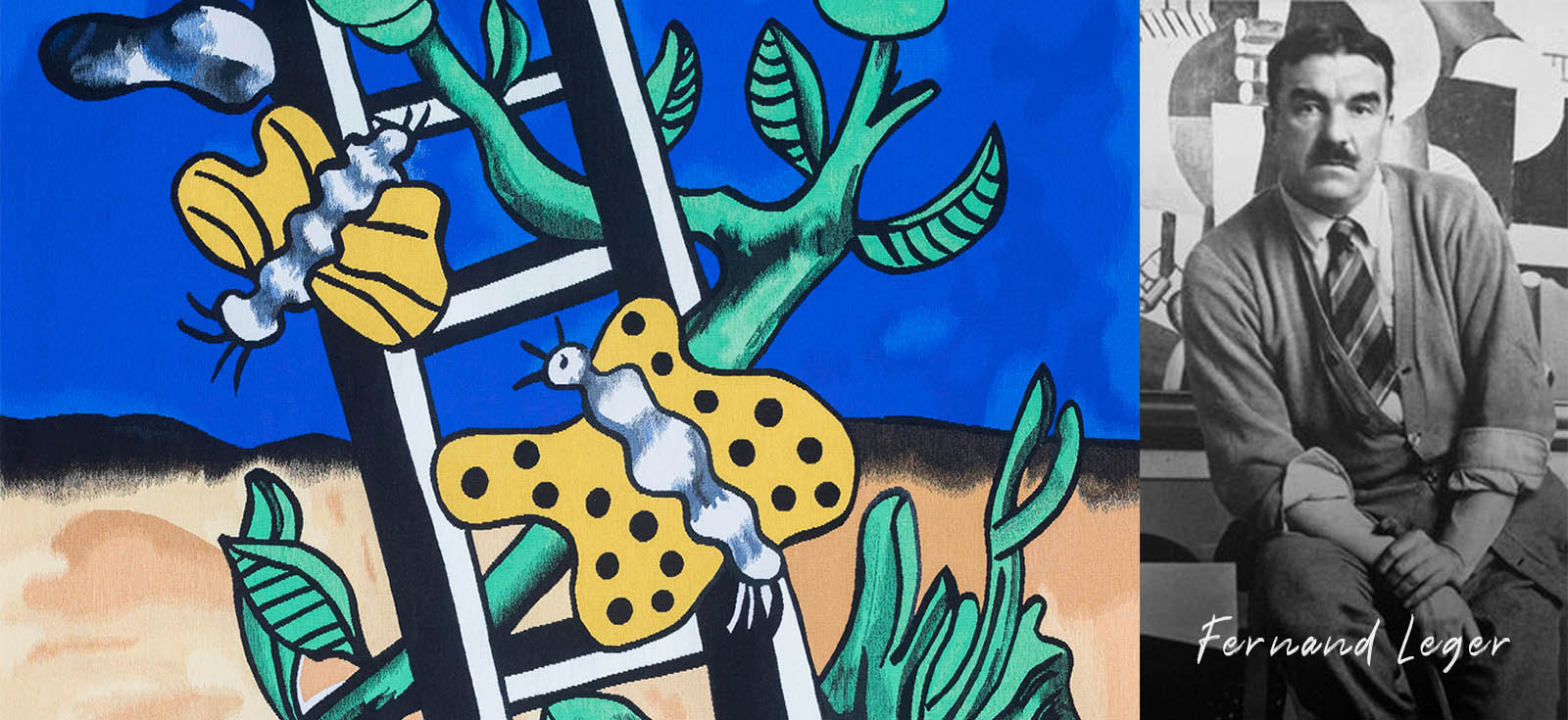
Fernand Leger was a core figure in the European Cubism movement at the dawn of the 20th century, whose art was characterized by clear shapes and vibrant use of color, setting him apart in the realm of Cubist painting. His artistic tapestry creations extend the essence of his cubist forms, earning admiration both in France and worldwide, currently housed in the French Tapestry Museum. This tapestry, with its thick tones and simple bold lines, intricately weaves the intersection of humankind and the natural world, symbolizing the hectic lifestyle of the 20th century.

Contemporary Orient

As time evolves, contemporary Eastern artistic styles undergo a renaissance. Whether in China or abroad, those with rich travel experiences and a deep understanding of diverse cultures merge the essence of East and West in their interior design, elevating the overall spatial richness, which challenges designers to master the art of blending multiple cultures seamlessly. Within the room, a tapestry imbued with the essence of contemporary Eastern style undoubtedly enhances the depth and layers of the environment.
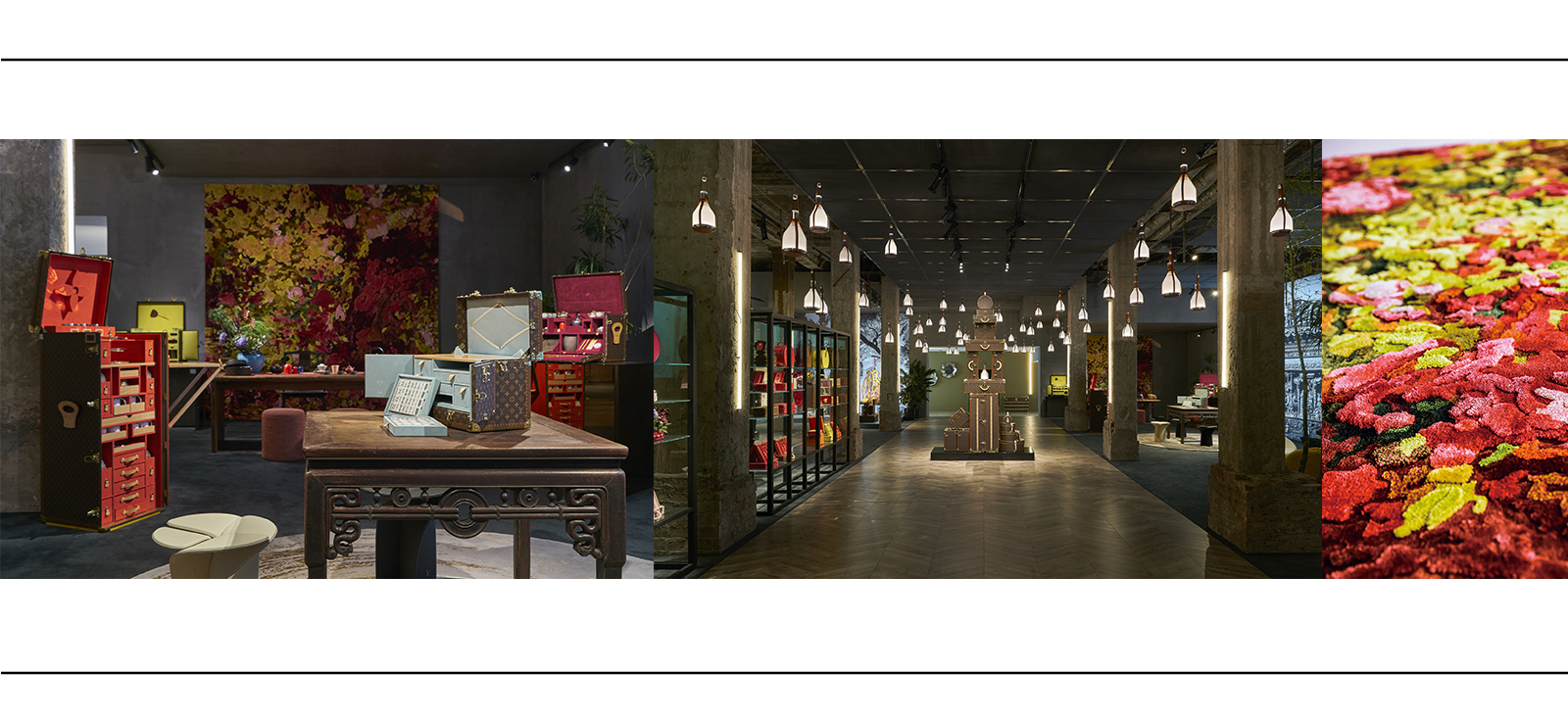
Fashion Art

In recent years, the world has witnessed a surge in the global appeal of fashion art, fervently embraced by the younger generation. These young connoisseurs utilize this type of art as a canvas to showcase their distinctive ethos and discerning aesthetic. The tide of fashion art has gracefully surged into the mainstream from the fringes of subculture, emerging as an undeniable cultural phenomenon. Many fashion artists are willing to embark on a myriad of artistic endeavors. In addition to installations, sculptures, and toys, tapestries have also emerged as a favored medium for contemporary art. Tapestries serve as one of the beloved canvases for fashion art. For collectors, exquisite oversized tapestries with fashion art themes can elevate the ambiance of an "art toy" in their rooms.
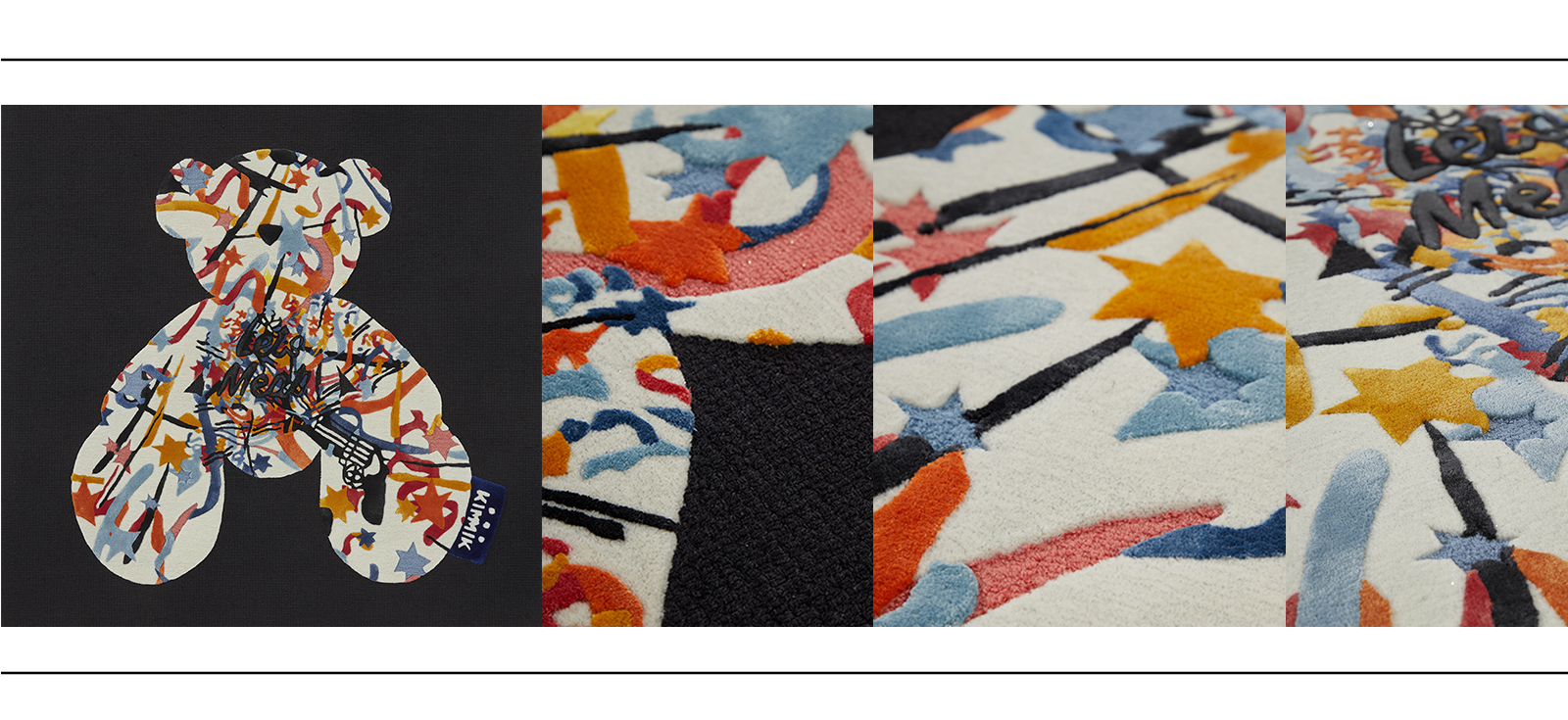
Creative Handcraft
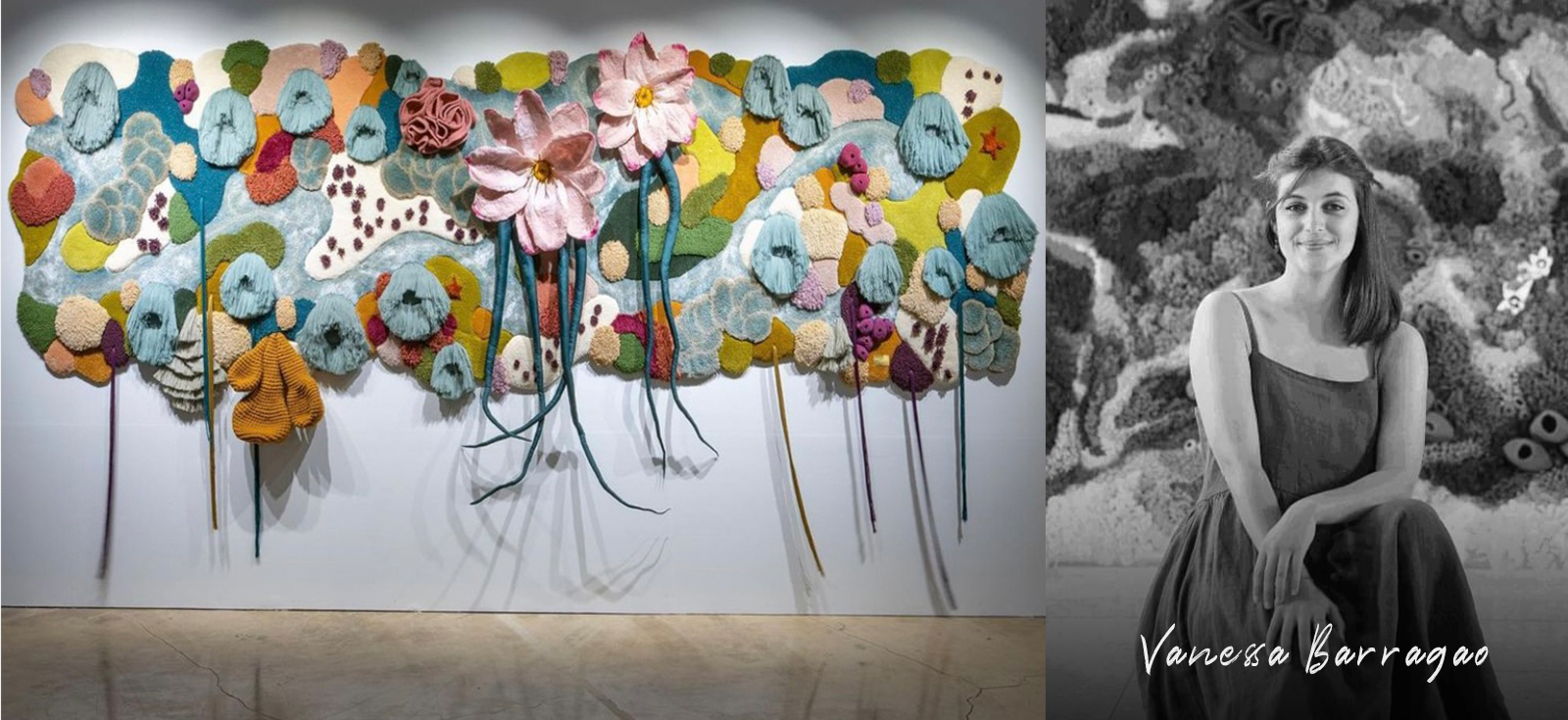
As tapestry art regains prominence in the interior design industry, many artists and designers try the most traditional handcrafted methods for tapestry creations, imparting their works with a romantic Bohemian allure. Textile embellishments contribute to a softer ambiance, infusing a touch of gentleness and creativity into the living space.
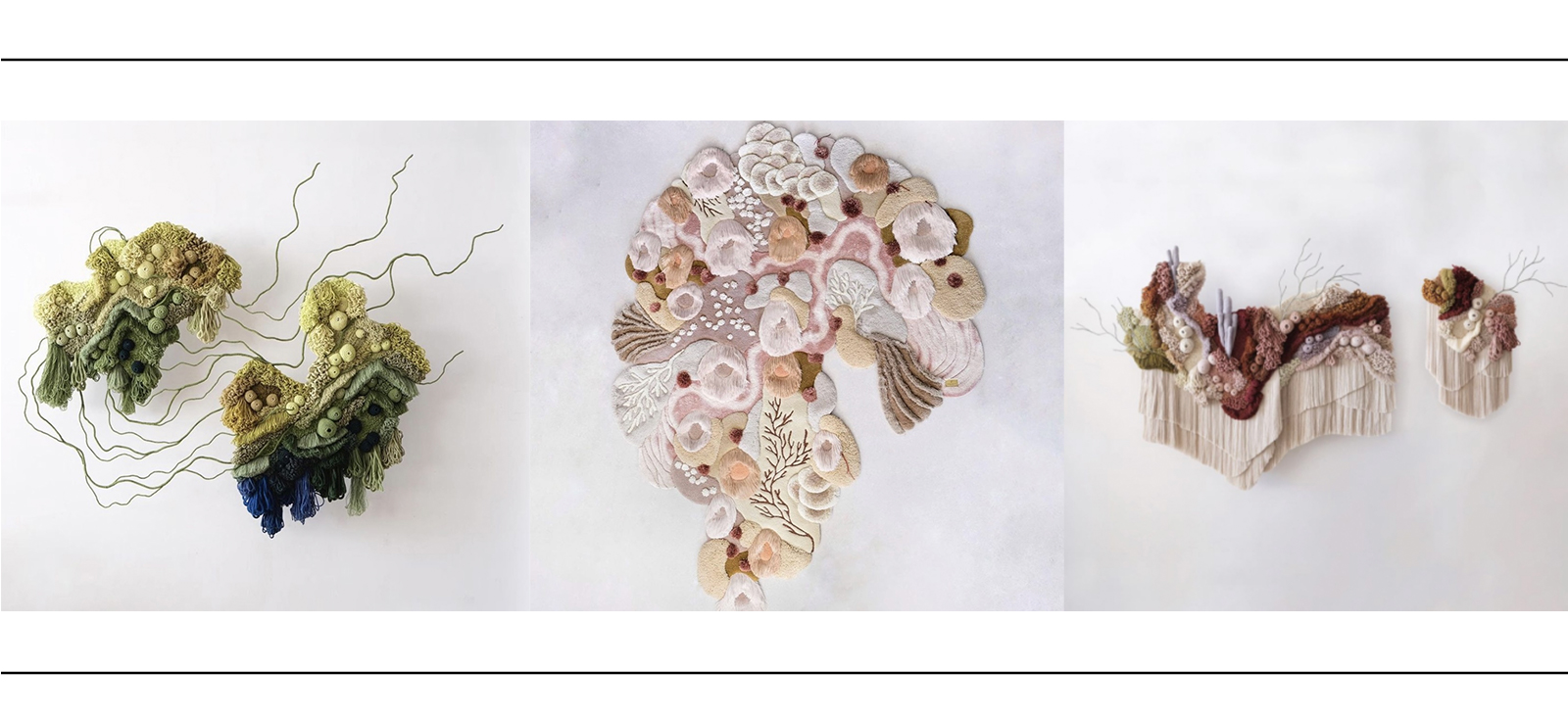
Bespoke Personalization
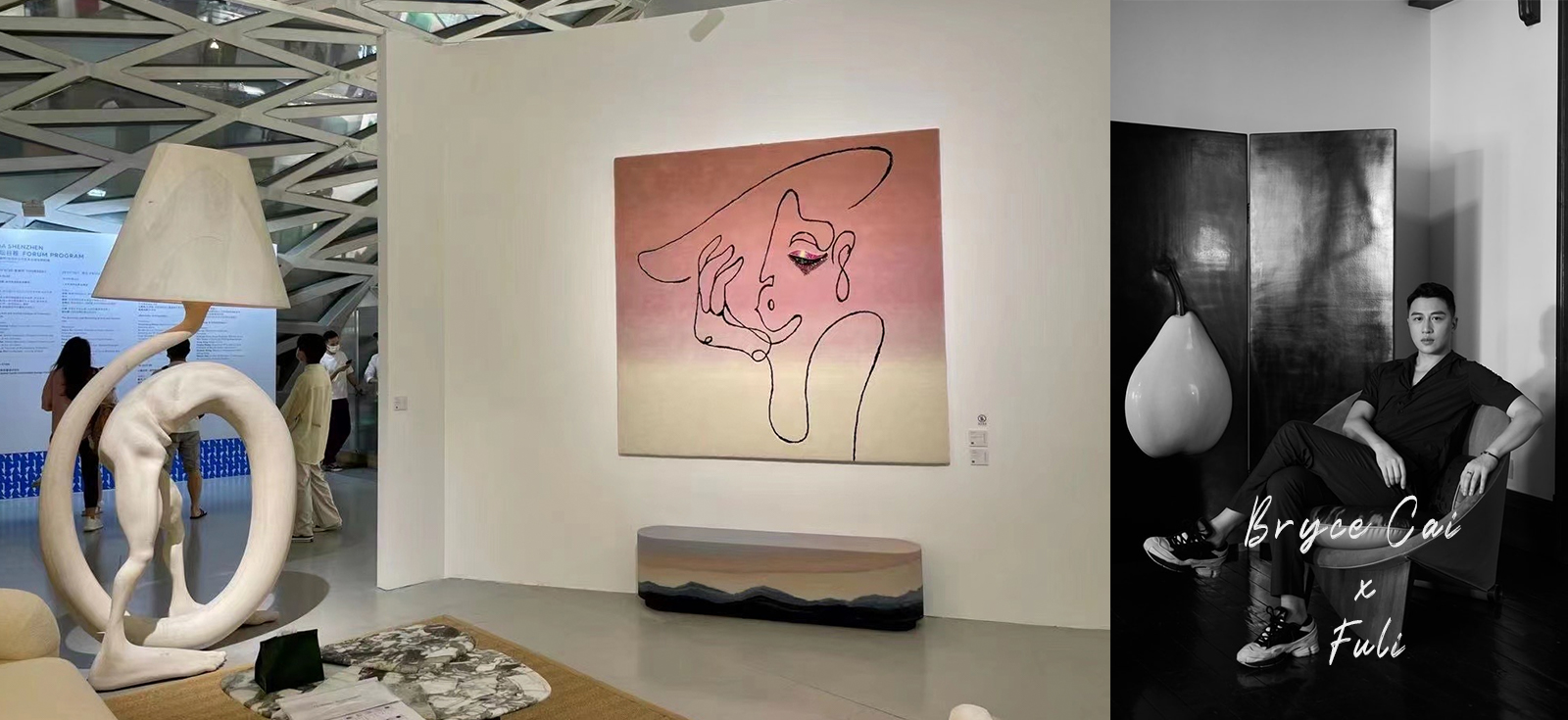

From exclusive portraiture tailored for royal aristocracy centuries ago to today's prevailing concept of "Haute Couture" in the fashion industry, the pursuit of creating bespoke products that reflect the unique characteristics of each individual is a common goal for many brands. With over two decades of dedicated craftsmanship in handmade tapestries, FULI has also been relentlessly exploring the realm of luxury bespoke tapestries. A customized piece of art tapestry not only adorns the room but also allows the owner to discover a profound sense of belonging in their daily life.
